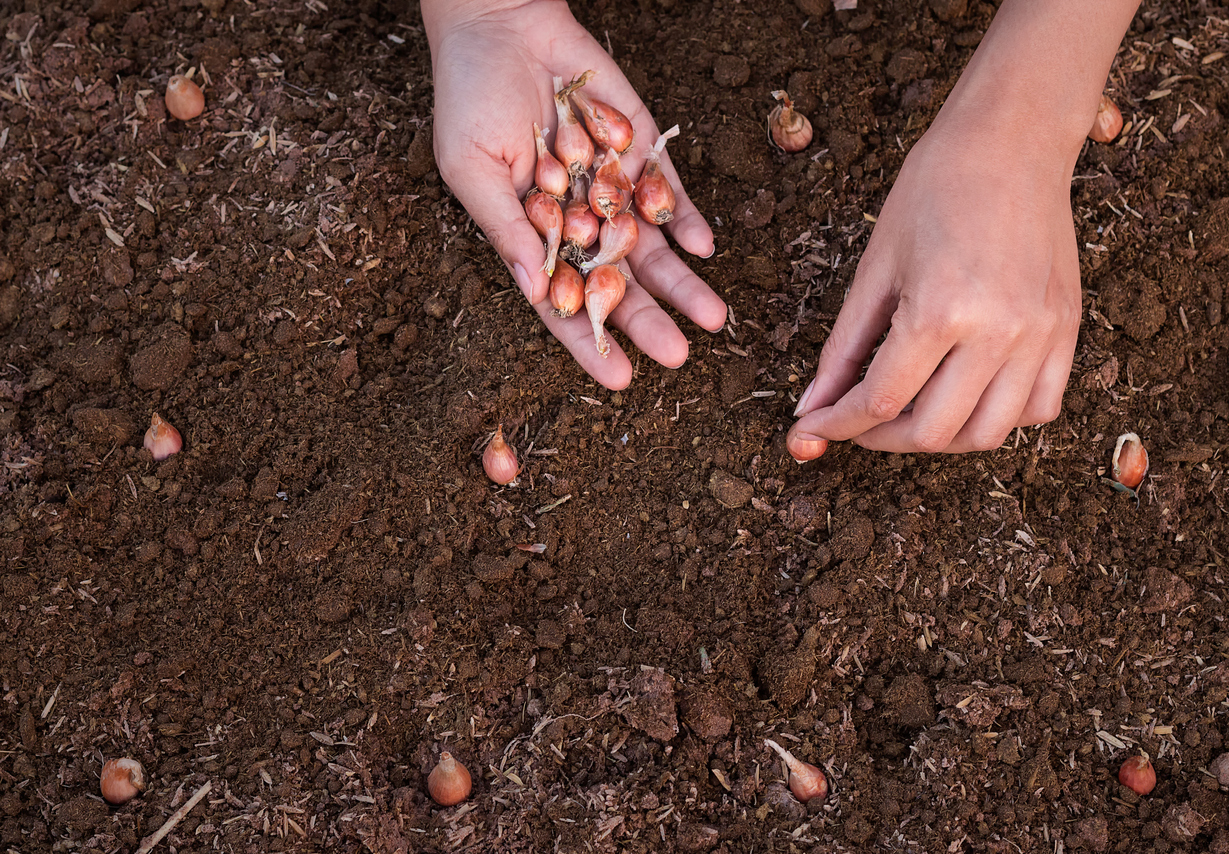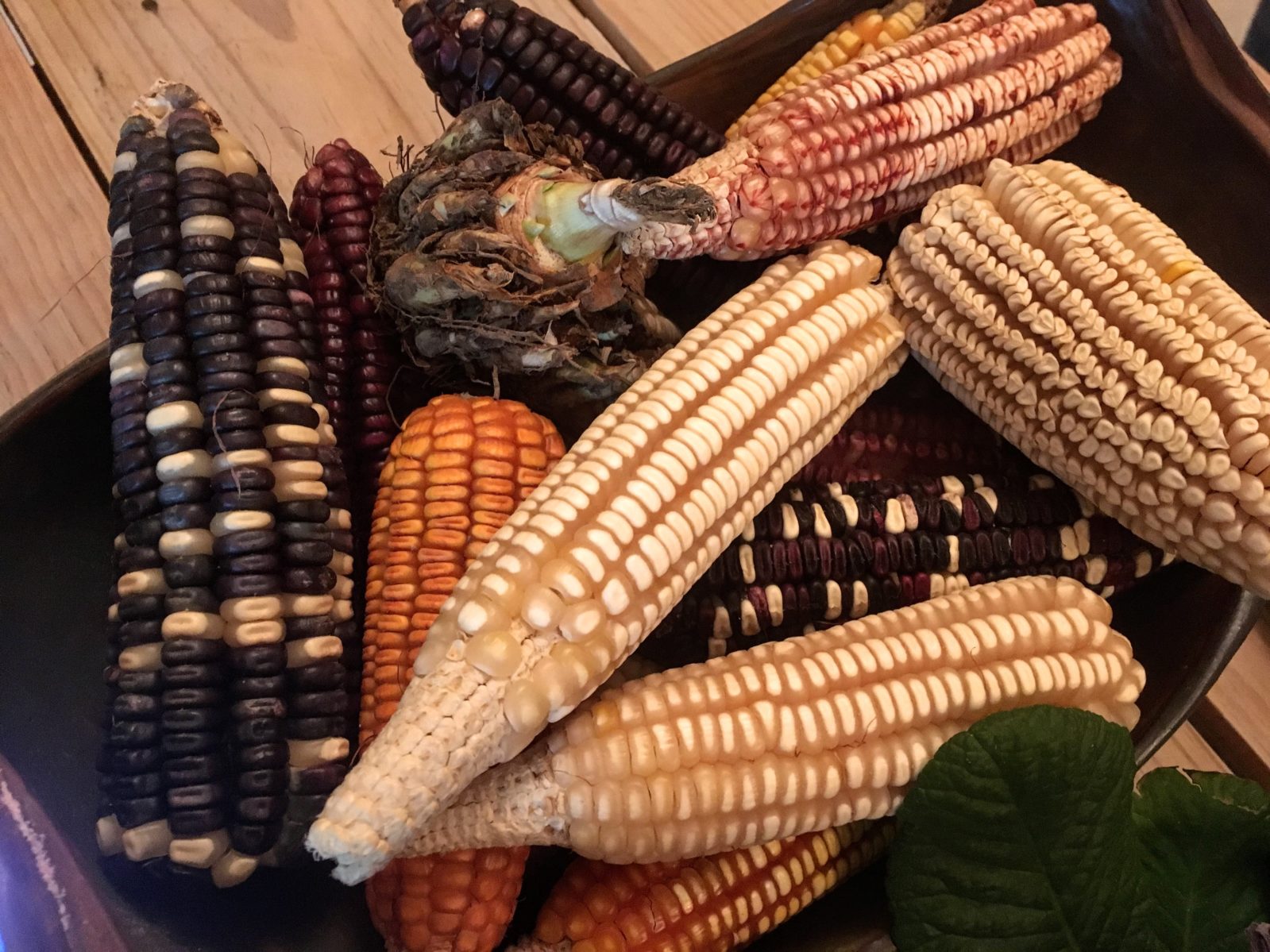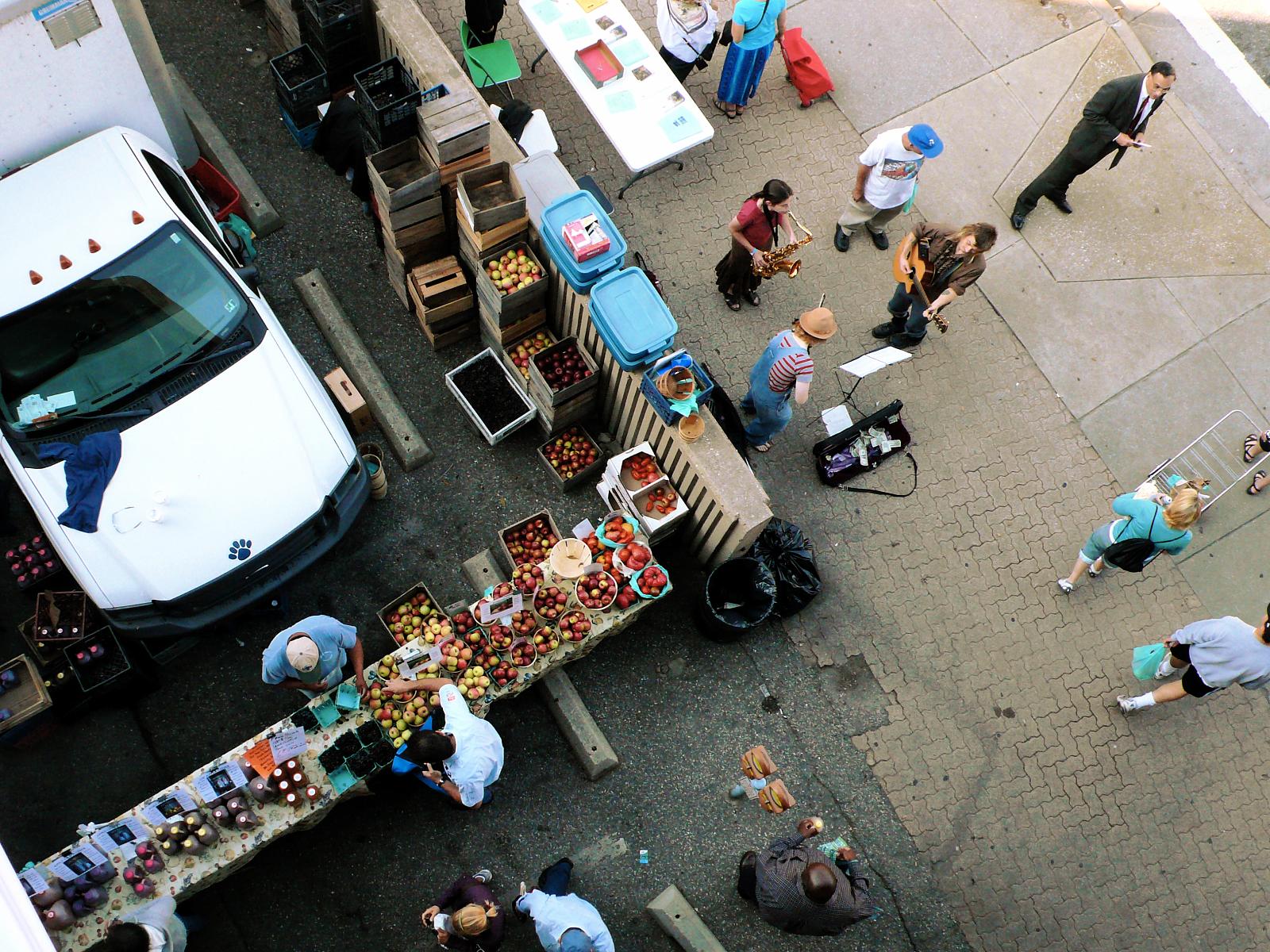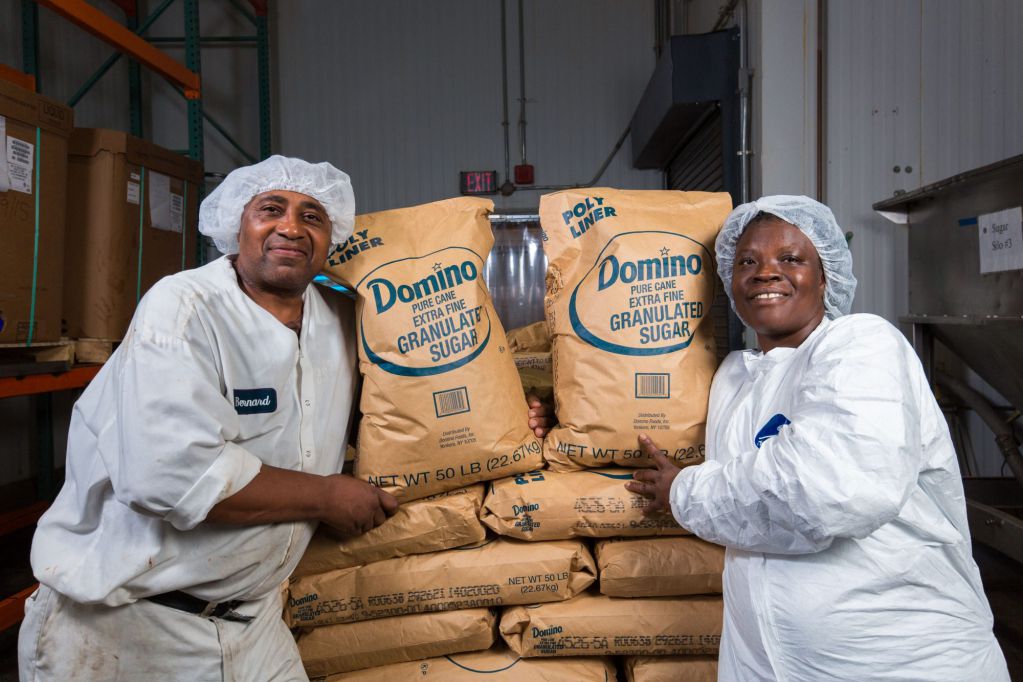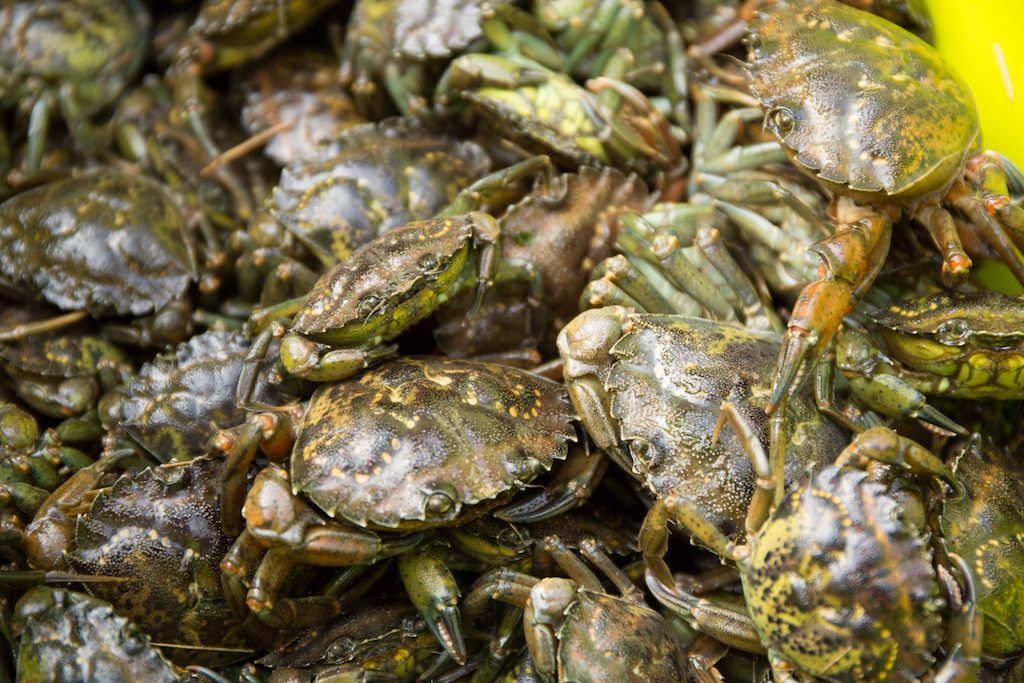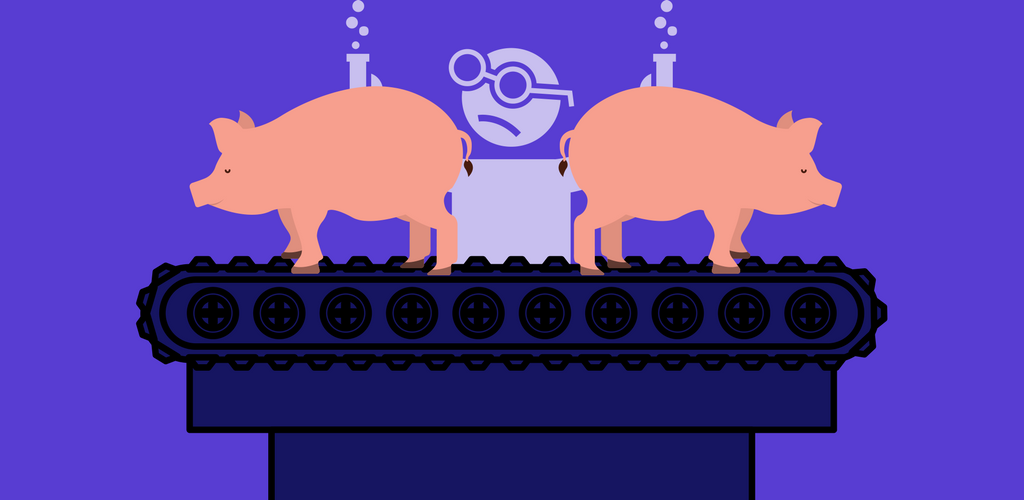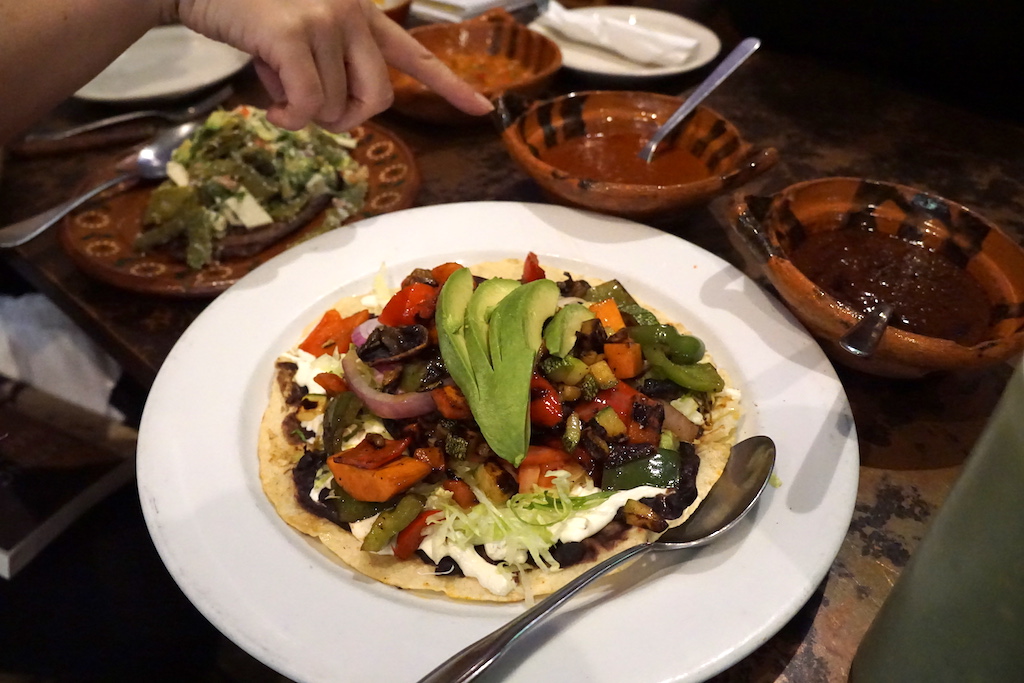
Michael Pollan is the resident poet of the food movement. He would never think himself a poet, of course. But anyone who read and was knocked out by the sheer quality of the prose as well as the thought in The Botany of Desire, his 2001 book, will agree that few writers are as compelling or convincing. Last week we exchanged views on the progress of the food movement, and the lack of it, in the ten years since The Omnivore’s Dilemma was published. I hope you’ll see from this edited transcript that he’s as engaged and generous in person as he is in print, and why I always welcome the chance for his company.
All illustrations are by Ben Karis-Nix and originally appeared in The new food economy grows up.
Corby Kummer: Can we start with the social bifurcation of the “food movement”? I worry that in the years since Omnivore’s Dilemma, even though the people concerned about food have become younger and more numerous, there hasn’t been a lot of movement in terms of social diversity. Am I wrong?
 Michael Pollan: Well, yes and no. The faces in the food movement are still fairly white and affluent. But there’s been an interesting evolution toward greater and greater concern for social justice issues. The food movement really took up the cause of the Coalition of Immokalee Workers; the ROC Movement, Saru Jayaraman’s movement around working conditions and wages in the restaurant industry; the move toward better wages for fast food workers; the move for a $15 minimum wage. All of these things were far from the attention of the food movement 10 years ago but now are quite central.
Michael Pollan: Well, yes and no. The faces in the food movement are still fairly white and affluent. But there’s been an interesting evolution toward greater and greater concern for social justice issues. The food movement really took up the cause of the Coalition of Immokalee Workers; the ROC Movement, Saru Jayaraman’s movement around working conditions and wages in the restaurant industry; the move toward better wages for fast food workers; the move for a $15 minimum wage. All of these things were far from the attention of the food movement 10 years ago but now are quite central.
Look at the James Beard Foundation leadership awards. That’s really shone a light on people of color in the food movement. There’s a long way to go, I don’t think anyone would dispute that. But it’s such a valid criticism that people are trying to respond to it and expand the ranks.
CK: I agree completely, and I love all of those people, and I’m glad you mentioned the Beard Awards, because for many years I was on the Beard restaurant awards committee, and one of the things we saw as our chief mission was diversity. But I worry that the adherents are your students at Berkeley, my students at MIT and BU, and the people we know. I wonder how much plain consumers are persuaded—people who buy big-industry food, don’t go to ROC meetings, and don’t read you and me.
MP: I think they’re motivated by health—and increasingly motivated by curiosity about where their food comes from—more than they’re motivated by labor issues. That’s always been the case. It’s hard to get people to care about the welfare of the people who produce their food, or their clothing, for that matter, which is an equally brutal system. But it’s the journalist’s job to shine a light on that and get people to expand the circle of their sympathies.
 And we’ve made some progress. If you talk to the Coalition of Immokalee Workers, they will tell you that they were beating their head against the door, trying to get attention for their issue. They tried negotiating with the packers and got nowhere. They tried going directly to the buyers of tomatoes and got nowhere. It wasn’t until they got consumers to either participate in or threaten boycotts that things happened. One of the really curious developments in the last few years is that the food movement has learned that food companies will do anything to protect their brand. They’re more afraid of the well-aimed boycott than anything else.
And we’ve made some progress. If you talk to the Coalition of Immokalee Workers, they will tell you that they were beating their head against the door, trying to get attention for their issue. They tried negotiating with the packers and got nowhere. They tried going directly to the buyers of tomatoes and got nowhere. It wasn’t until they got consumers to either participate in or threaten boycotts that things happened. One of the really curious developments in the last few years is that the food movement has learned that food companies will do anything to protect their brand. They’re more afraid of the well-aimed boycott than anything else.
CK: Right. They don’t want to lose sales. I do give companies more credit, though, than only running scared at the threat of a boycott. I look at the cage-free eggs and animal rights initiatives that McDonalds and other companies have taken, and for that matter the preemptive GMO labeling…the big companies saw the writing on the wall. Every day, we’re getting closer to the July 1 Vermont GMO labeling deadline, which strikes me as extraordinary.
 MP: The food industry has the sense that the consumer is moving, and you’re absolutely right—they want to stay ahead. But in some cases we’re spooking these companies. Because I don’t think, honestly, that all that many consumers are paying attention. But food is a funny, touchy business, because there is this history of food scares and food fads that catch companies up short. It’s created a very treacherous environment for food companies, and they’re doing their best to respond. And that’s good news—the more responsive they are the better.
MP: The food industry has the sense that the consumer is moving, and you’re absolutely right—they want to stay ahead. But in some cases we’re spooking these companies. Because I don’t think, honestly, that all that many consumers are paying attention. But food is a funny, touchy business, because there is this history of food scares and food fads that catch companies up short. It’s created a very treacherous environment for food companies, and they’re doing their best to respond. And that’s good news—the more responsive they are the better.
The GMO fight is part of that. Some companies fear that the “made with genetically modified ingredients” label [part of Vermont’s GMO labeling law] will hurt their sales. They don’t want to have to switch their formulation because of one state, and it would take a couple years to get a big enough supply of non-GMO corn and soybeans to make all that processed food. But make no mistake, farmers are planting non-GMO corn and soy now, because they think there’s going to be a market for it in a couple of years. It’s going to be a huge headache for the supply chain to segregate these things.
CK: Are GMOs something you personally care about? Certainly you drew attention to the vast, monolithic monocropping and all of the damage it has wrought on the economy, on our health, on animals’ health, but is it a solution to just shift to non-GMO? What I worry about and what I think people protest when they fight GMOs is monocultures, the use of too much herbicide and pesticide, patenting seeds, and forcing farmers into buying products….they’re using GMOs as a proxy for the parts of the agricultural system they dislike.
MP: I think that’s right. We pay too much attention to GMOs in the food movement and in the conversation about food. Let’s say you succeed in removing GMOs from the food supply in America. Where would you be exactly? Well, you’d be back to the year 1995, which was not exactly a utopia. You still had giant monocultures of corn and soy soaked in pesticides and synthetic fertilizers.
The significance of GMOs has been essentially to keep monocultures going. They’ve been the latest Band-aid on a system that is not sustainable and is prone to breakdown. We really need to focus on diversifying those crops, putting in cover crops, and putting in organic. That would ultimately do more for the land and the consumer than getting GMOs out of the food supply. GMOs are a symbol of a certain kind of agriculture and a tool of a certain kind of agriculture. My criticism of them is that they were oversold to us. The promise was that they were more sustainable, and there’s no evidence to support that.
CK: So back to the problems. Is organic the easiest tool and label at hand to attack a lot of these problems? Or do you see a lot of smaller tools to also be effective?
 MP: Organic isn’t the whole answer. It’s important, because it is better regulated than any other label out there, and if you buy organic you can have some confidence that you’re not getting a lot of synthetic pesticide in your food and that the soil has been treated with greater respect than it would be in other systems. But in 2000, or even 1990, when we first passed the organic law, people’s main interest was getting chemicals out of agriculture. Those rules really represent a snapshot in time, and I think need to be updated, as treacherous as that process could be.
MP: Organic isn’t the whole answer. It’s important, because it is better regulated than any other label out there, and if you buy organic you can have some confidence that you’re not getting a lot of synthetic pesticide in your food and that the soil has been treated with greater respect than it would be in other systems. But in 2000, or even 1990, when we first passed the organic law, people’s main interest was getting chemicals out of agriculture. Those rules really represent a snapshot in time, and I think need to be updated, as treacherous as that process could be.
CK: I assume you mean that to include—of all the things that I care about a lot, and I’m sure you’ve come to care about more, workers’ rights…
MP: That’s one of them—and animal welfare. But the other one I would add to that list is climate change. The organic rules are environmentally friendly if your main concerns are water pollution and the quality of the soil, but how could you talk about sustainability today without talking about climate change? The organic rules have very little to say about carbon-friendly farming. In fact, some organic systems are worse in terms of their carbon footprint than industrial systems, because they till the soil so much to deal with weeds. If we were writing those rules now, we would have tough rules about reducing tillage, about cover-cropping, about measuring carbon in the soil.
CK: I wanted to bring up Let’s Move. I am pessimistic about what its legacy is going to be. I don’t think it’s a battle that any incoming Democrat is going to want to continue. For one thing, it’s associated with the Democrat’s predecessor, and it would be by definition, toxic for a Republican. What do you think Let’s Move’s prospects are in a next administration?
MP: I share your pessimism. If Hillary is president, she doesn’t have a strong record on agricultural issues. She did a few things for upstate farmers and she learned how to talk to them when she was New York senator, because agriculture is a great way to connect upstate and downstate. It’s important to remember that the Clintons’ first political patrons were Tyson Foods and Walmart. So their DNA on the food issue leaves a lot to be desired. Also, she’s very close to Tom Vilsack. So I don’t think you’ll get much more than Vilsackian agricultural policies.
CK: Which Vilsackian policies? And, because there’s every possibility there’s going to be a new secretary of USDA, how do you assess Vilsack’s record?
MP: Disappointing on the whole. One of his goals, as I understand it, was to get us off of ethanol—and he failed to do that. He got some minor changes on the school lunch program with considerable help from Michelle Obama. He did hire Kathleen Merrigan as his number two in the first administration. And she did a lot of creative and valuable work on farm-to-institution and local food. I mean “Know your farmer, know your food” was very clever, and you see Vilsack wanting to claim it as his legacy. I actually think it’s Kathleen Merrigan.
The most disheartening episode had to do with antitrust in agriculture. Vilsack and Eric Holder did listening tours all over the Midwest, looking at meatpacking and how that was damaging ranchers and chicken farmers, and also concentration in the seed business. It looked like they were really going to do something about that, and then came 2010, the Tea Party moment, and the attack on Obama for being hostile to business. They completely and utterly folded, after drawing a lot of farmers out to testify, specifically about big companies who have a lot of power over their lives. They really hung some people out to dry.
CK: Were some of those farmers, in essence, lynched for taking a public stand against people they relied on for contract buying?
MP: They were very exposed. You know, the Mike Callicrate types in the world, who were willing to go up against these people, suddenly find that they don’t have a market for their cattle. My guess is there were people who were screwed, but I can’t point to this or that person.
The biggest legacy of this administration, though, is the legitimation of the aspirations of the food movement, for which we have Michelle Obama and Kathleen Merrigan to thank. When Michelle Obama planted that garden and when she started shopping at farmers’ markets—which all happened within the first few months—she legitimized local food in a way that it hadn’t been. And for many, many people, she made the link between diet and health—which not everybody gets, or got. Her promotion of water was probably helpful in forcing down sales of soda, and that is a legacy of this administration.
CK: When you talk about the garden, I always think about our friend Alice Waters, who had for years been promoting it and came this close to getting it from the Clintons. I feel like she was like Moses, she didn’t get to go into the promised garden. But at least it happened.
 MP: Well, I’m sure she’s been to visit the garden. I think a lot of people give her credit for it—I do. And she got a national humanities medal from the Obamas! It’s extraordinary that a chef would get a national humanities medal. The Obamas were very sympathetic to the aspirations of the food movement but, at least in the president’s case, not willing to put a lot of political capital behind it. Obama sees himself as a very urban creature and he probably is. And rural America was a bit of a mystery to him. I think he delegated his presidency when it came to rural America—to Tom Vilsack, who was a Big Ag man from Iowa.
MP: Well, I’m sure she’s been to visit the garden. I think a lot of people give her credit for it—I do. And she got a national humanities medal from the Obamas! It’s extraordinary that a chef would get a national humanities medal. The Obamas were very sympathetic to the aspirations of the food movement but, at least in the president’s case, not willing to put a lot of political capital behind it. Obama sees himself as a very urban creature and he probably is. And rural America was a bit of a mystery to him. I think he delegated his presidency when it came to rural America—to Tom Vilsack, who was a Big Ag man from Iowa.
CK: In one of your pieces, you said you’d heard about a conversation with Obama saying “Food movement? What food movement?” But now you’re saying that Michelle Obama has legitimized the aspirations of the food movement. So do you think that there was progress?
MP: There was an interesting moment that I’m aware of only because he was quoting an article of mine, but in October of 2008, Obama gave an interview to Time magazine online where he talked about the food movement. This was after I published “Farmer in Chief.” And he talked about how monoculture really is the problem and it connects agriculture to the energy crisis because it’s oil dependent, but it also connects to our health because these monoculture foods end up being junky, etc. He was connecting all the dots, as he’s very good at doing. And he gave this pretty concise manifesto around food.
A week later, Charles Grassley, the Iowa senator, jumped all over him for being hostile to industrial agriculture. And as Obama often did at that stage in his career, he backed right down. But he encouraged his wife to make food her issue—and remember, that was not her plan, her plan was to make military families her issue.
CK: So let’s be optimistic. What do you see as the accomplishments of that political momentum, modest as they might be? I think the changes to school lunch are the biggest legacy, but that’s subject to constant rollback. Do you see that momentum being able to survive into a next administration?
MP: I think we’ve put certain things in motion. There are people within the USDA who are very sympathetic to the goals of the food movement. There are people in Health and Human Services, in the CDC, in many parts of government, who now recognize that our public health problems trace in large part to our food system. And that there are financial reasons to address it.
I really do think that in the long run Obamacare may be one of the most important legacies for the food movement—because the government and the insurance companies are now on the hook for a lot of chronic diseases caused by bad eating. If a case of type 2 diabetes costs the health insurer, whether it’s the government or a private company, $400,000 or $500,000 over the life of that person, according to one estimate, there is a powerful reason to prevent that case of type 2 diabetes. And you can do that simply by reducing soda consumption. So suddenly, you don’t just have grassroots interest, you have powerful interests within the establishment recognizing that addressing the catastrophe of the American diet is in the interest of financial stability and the sustainability of the healthcare system.
CK: As you know, I’m married to someone now directing policy at the CDC, whose life is building wellness and prevention into the public healthcare system. But I wonder, what you call the catastrophe of the American diet: since Omnivore first came out, do you see it changing at all? Do you see change in actual consumption, not just in awareness? The 14 percent decline in soda is great, but do you see that in other places?
 MP: In terms of changes in the mass economy of food, I can’t think of another example as good as soda. But, in terms of building this alternative food economy, which for me embraces organic food, and local food, and pastured animal protein, and CSAs—all that kind of stuff —the growth there has been impressive over the last 10 years, but McDonald’s and Burger King and Pizza Hut and Taco Bell go on pretty much undisturbed. I don’t think that they’ve seen big changes, except on the soda side. I don’t think we’ve seen numbers yet, whether sugar sales have actually gone down or whether people are just getting their sugar from other sources. So that’ll be the interesting thing to watch—the disappearance figures for sugar in the diet—whether they’ve changed.
MP: In terms of changes in the mass economy of food, I can’t think of another example as good as soda. But, in terms of building this alternative food economy, which for me embraces organic food, and local food, and pastured animal protein, and CSAs—all that kind of stuff —the growth there has been impressive over the last 10 years, but McDonald’s and Burger King and Pizza Hut and Taco Bell go on pretty much undisturbed. I don’t think that they’ve seen big changes, except on the soda side. I don’t think we’ve seen numbers yet, whether sugar sales have actually gone down or whether people are just getting their sugar from other sources. So that’ll be the interesting thing to watch—the disappearance figures for sugar in the diet—whether they’ve changed.
CK: And whether Marion Nestle’s great book Soda Politics, and activists like Gary Taubes and Rob Lustig and David Ludwig, are able to bring about an awareness of and reduction of not just sugar but all simple carbohydrates, which are really the new nutritional enemy. And there’s the general confusion among the public about what actually contributes to worse health and to worse diets, because nutritional information changes. Soda is kind of the constant—it doesn’t change.
MP: It’s just so obvious that this isn’t really food. We’ve fought a lot of losing battles on soda taxes around the country and the industry kind of cleaned our clock, except in Berkeley. But the fact is that every one of those losing campaigns was a public education campaign. And that is what drove down soda sales. That soda was problematized, as the theorists would say, for the first time in many people’s lives.
Huge moment in Philly. We will see if the strategy is effective over time. Big Soda Tax Within Philadelphia’s Reach https://t.co/gtn07FuNlO
— Sam Kass (@chefsamkass) June 9, 2016
CK: As soon as you say food marketing, everyone’s immediate reaction is to say “Children, children, it shouldn’t be marketed to children.” And that’s one of Marion Nestle’s calls, but do you mean beyond that?
 MP: And I think the stuff on marketing in Soda Politics, and in all her work…I mean she’s the best critic of food marketing. She makes us see what is hidden in plain sight, which is how we’re manipulated at many different levels by the food industry. I think we have to look at marketing across the board, but the easiest case is children. Because the nanny state argument does not apply. Kids need nannies, whether they’re governmental or human. And we don’t expect them to be able to exercise personal responsibility—that’s the definition of childhood. So that’s the safest ground on which to fight. And that was the lesson of Michael Bloomberg, when he went after the 32-ounce soda. He took a world of grief for that.
MP: And I think the stuff on marketing in Soda Politics, and in all her work…I mean she’s the best critic of food marketing. She makes us see what is hidden in plain sight, which is how we’re manipulated at many different levels by the food industry. I think we have to look at marketing across the board, but the easiest case is children. Because the nanny state argument does not apply. Kids need nannies, whether they’re governmental or human. And we don’t expect them to be able to exercise personal responsibility—that’s the definition of childhood. So that’s the safest ground on which to fight. And that was the lesson of Michael Bloomberg, when he went after the 32-ounce soda. He took a world of grief for that.
CK: Tom Frieden, who was then New York City’s health commissioner, is now the head of CDC, and Tom Farley who devoted a book to that exact portion cap rule is now the main spear carrier for the Philadelphia tax as the city health commissioner.
MP: And I think they’ve probably learned from their mistakes on those earlier campaigns. Because for some reason they didn’t talk about children in New York with the soda cap. And that would have completely disarmed the nanny state argument. It was a very conservative bit of social policy—it’s what the social scientists call a nudge, right? You can have 32 ounces, you just have to pause at 16 and think about what you’re doing. But we’re learning and we’re getting the politics right. The fact that [in Philadelphia] they’re going to use the tax revenues for antipoverty programs is really smart and undercuts the idea that it’s a regressive tax. We’re getting better at all that.
You know it’s important to remember, Corby, just what a young movement this is, and how many nonprofessionals are involved it—the two of us included—and a bunch of chefs and journalists. You know, I think we’re gradually getting better.
CK: I think that’s a great place to stop. You know I’m an optimist too—so let’s resolve to be optimists!


